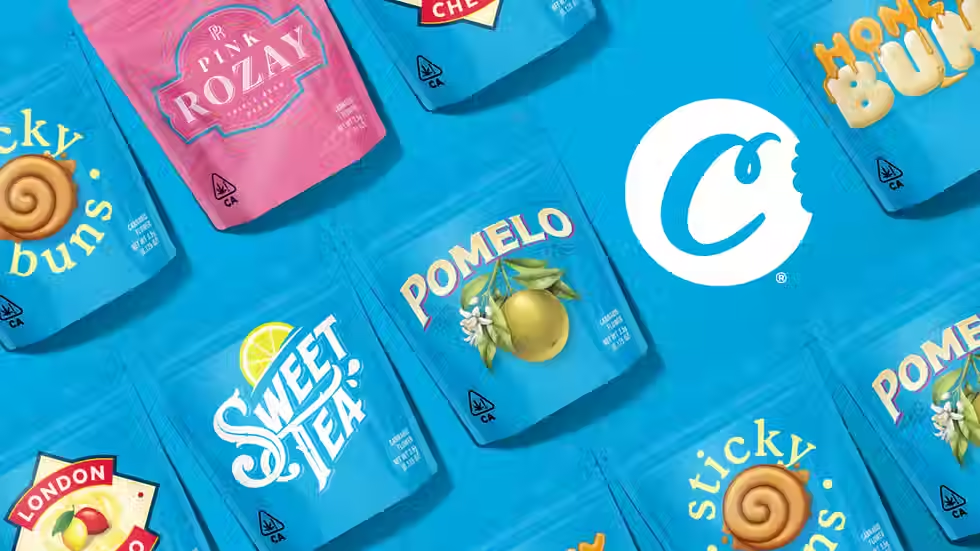The Truth About Cannabis Competition Judging: Behind The Scenes
- community0958
- Jan 22
- 3 min read
Ever wondered what it's really like to judge a cannabis competition? Forget what you've seen in the movies - judging weed isn't just sitting around getting blazed. Well, not entirely anyway. Let's dive into what really happens behind the scenes of cannabis competitions.
The Selection Process

First things first - not just anyone can be a judge. Competitions look for people with extensive cannabis knowledge, refined palates, and the ability to stay objective even after sampling multiple entries. It's not about who can smoke the most; it's about who can detect the subtle differences between entries.
Most competitions use a mix of industry experts and trained judges. Some even require potential judges to pass sensory tests and demonstrate their knowledge of terpenes and cannabinoids. It's proper serious business.
The Judging Kit

When judges receive their competition packs, it's not just bags of weed. Each kit typically contains:
Numbered samples (no strain names or grower info)
Detailed scoring sheets
Magnifying glass for trichome inspection
Control samples for calibration
Palate cleansers
Some competitions even provide specific lighting setups to ensure all judges examine samples under the same conditions.
The Scoring Process

Judging isn't just about getting high and picking a favourite. Each sample is evaluated across multiple categories:
Appearance:
Trichome coverage
Bud structure
Trim quality
Colour and visual appeal
Aroma:
Terpene profile
Intensity
Complexity
Uniqueness
Flavour:
Initial taste
Middle notes
Finish
Smoothness
Effects:
Onset time
Duration
Quality of high
Unique characteristics
The Reality of the Job
Think sampling weed all day sounds fun? Try doing it professionally. Judges often have to test multiple samples per day while maintaining detailed notes and clear judgment. It's not about getting stoned - it's about analysing each sample objectively.
Most competitions have strict protocols about palate cleansing and time between samples. Judges might only test a few samples per session to maintain accuracy. Some competitions even require judges to avoid certain foods and drinks during the judging period.
Behind Closed Doors
The actual judging sessions are far from the party scene many imagine. They're often conducted in controlled environments with specific lighting, temperature, and humidity levels. Some competitions use specialised ventilation systems to prevent cross-contamination of aromas.
Judges typically work alone or in small groups, recording detailed notes about each sample. There's usually a head judge who oversees the process and ensures everyone follows proper protocols.
The Scoring System
Most competitions use complex scoring systems that break down each category into specific components. A single sample might be evaluated on 20+ different criteria, each with its own point value.
These systems help eliminate personal bias and ensure more objective results. Even if a judge personally loves a particular type of strain, they have to score based on established criteria.
Industry Politics
Like any competition, cannabis cups aren't immune to politics. There's often pressure from sponsors and big industry players. But reputable competitions use blind judging and strict protocols to maintain integrity.
Some competitions have multiple rounds of judging, with samples being evaluated by different judges at each stage. This helps prevent any single judge's preferences from having too much influence.
The Physical Toll
Judging takes a serious toll on your senses. After multiple samples, judges need to be careful about sensory fatigue. Most competitions limit how many samples can be judged per day and require breaks between sessions.
Many judges develop their own techniques for maintaining sensory acuity:
Using coffee beans to reset the nose
Taking walks between samples
Using specific palate cleansers
Maintaining careful hydration
What Makes a Winner
The best entries aren't always the strongest or the most expensive. Judges look for:
Overall quality and consistency
Unique but pleasant terpene profiles
Clean, smooth smoke
Well-balanced effects
Proper cure and preparation
Common Misconceptions
Despite what many think:
Judges don't get blazed out of their minds
The highest THC doesn't always win
Big names don't automatically score better
Visual appeal isn't everything
The Future of Cannabis Judging
As the industry evolves, so do judging methods. New technology is being incorporated into the process:
Digital scoring systems
Standardised testing equipment
Advanced sensory evaluation tools
Professional judging certifications
The Bottom Line
Cannabis competition judging is far more complex and professional than most people realise. It's not just about getting high - it's about having the knowledge, experience, and sensory skills to evaluate cannabis objectively.
Whether you're interested in becoming a judge or just curious about how your favourite strains win awards, understanding the judging process gives you a deeper appreciation for what goes into cannabis competitions.
Just remember - next time you see competition results, know that behind those awards are judges who spent days carefully evaluating every aspect of each entry. It might not be the world's hardest job, but doing it right takes a lot more skill and dedication than most people think.






Komentáře